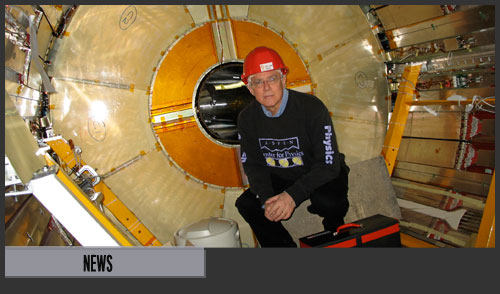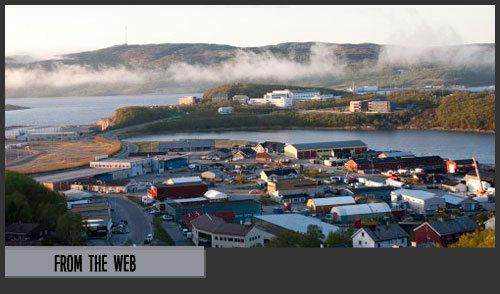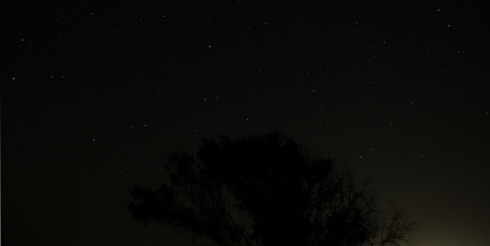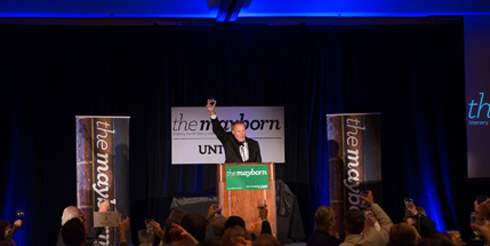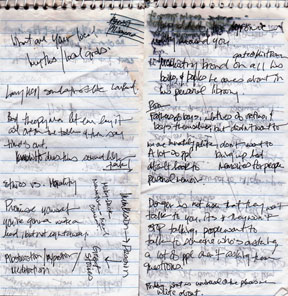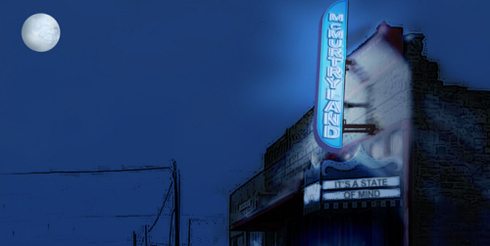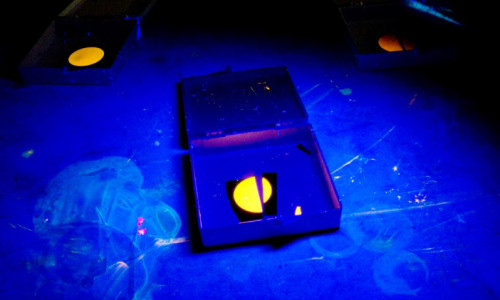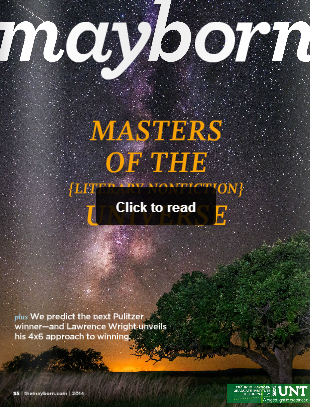
In blistering Texas summer heat, the Mayborn Tribe gathers each summer in north Texas to talk about the craft, learn from each other and soak up the spirit of nonfiction writing.
This year’s event was centered around Narratives on the Cutting Edge, Writing about Science, Technology, Medicine and Innovation. Last year’s event dealt with digging into the past to bring historical narratives to life.
Both were rich themes with space to explore, share insight and dig into the down-and-dirty of nonfiction. In the middle of three days of mayhem, there’s a suit-and-tie (or boots and jeans, depending on how Texan you are) Literary Lights Dinner and Mayborn awards program, just a few ticks from rivaling the Pulitzers.
The Mayborn contest has categories in newspaper, essay, manuscript, and
reported narrative, hand-crafted trophies, $12,000 in cash prizes, competitors from nearly every major American newspaper and winners from as far away as New Zealand. This year’s Literary Lights included a live auction of signed first-editions of Larry McMurtry’s books and an online auction of tens of other signed first-editions of Mayborn speakers-past as a celebration of the tenth anniversary 2014 Mayborn Litearary Nonfiction Conference. Continue reading →
